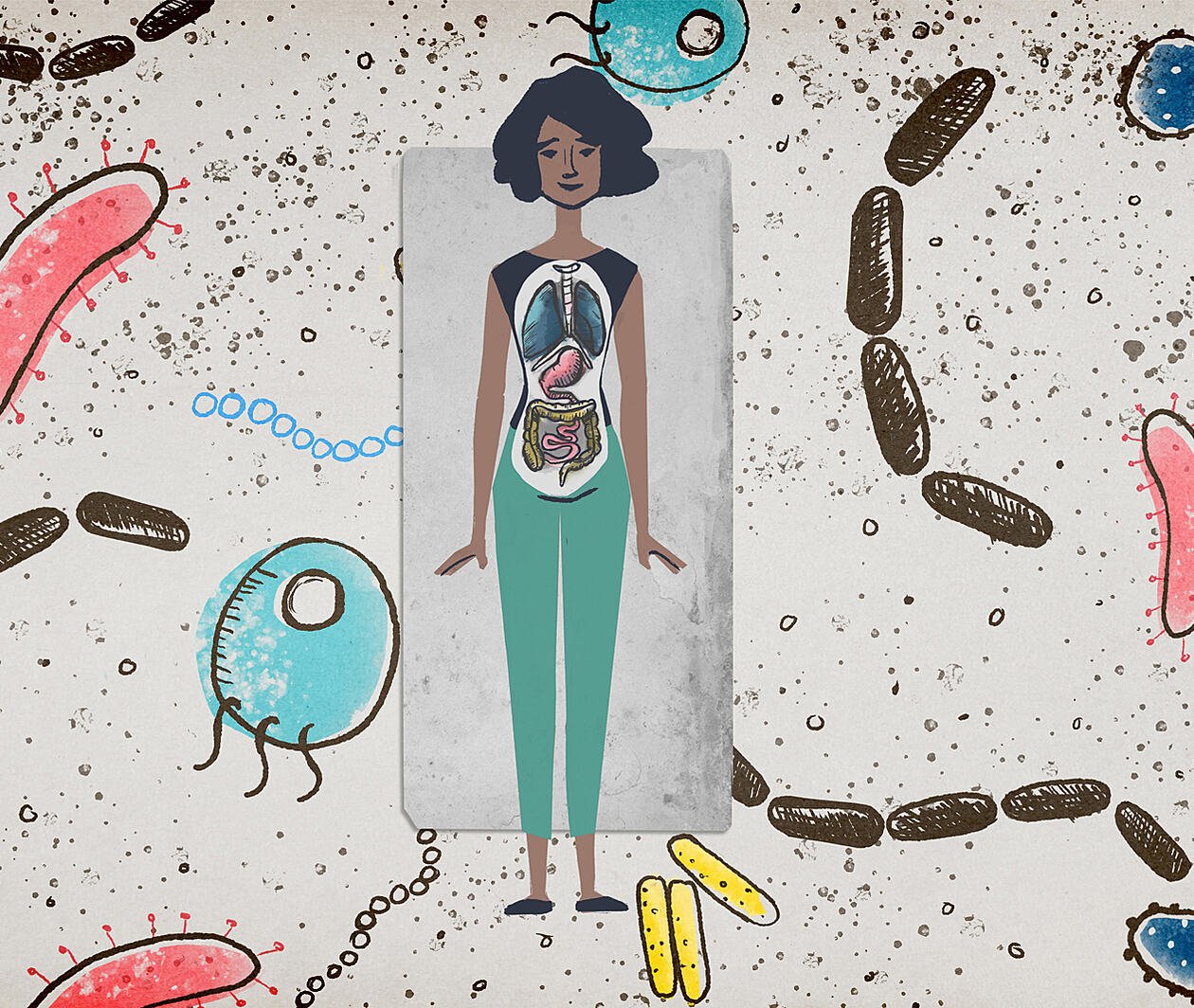Skip to 0 minutes and 10 seconds This course focuses on the human microbiome with a focus on the gut microbiome. That is all the microbes that live between our stomach and colon and how they interact with our health.
Skip to 0 minutes and 24 seconds In the first week, you will be introduced to this fascinating world of the human microbiome and how it interacts and impacts our health and well-being. In week two, you will learn about the journey of food, how our body absorbs nutrients, and how all microbiota is influenced by our diet. And in week three, we’ll explain how your gut microbiota and cells communicate, and why it’s so important to feed your gut microbiota appropriately as a means to care for your health. By the end of this course, you’ll have a good understanding of the human microbiome, our gut microbiota, and how our diet impacts and can benefit our health and well-being.








